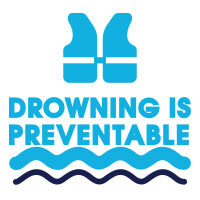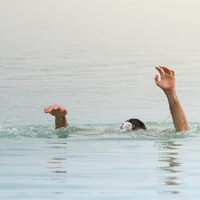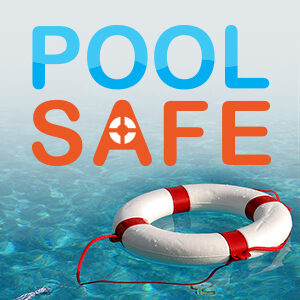Contact Us
Overview
Drowning is the second leading cause of injury death among children. Drowning is often swift, silent and occurs in as little as 30 seconds. In addition to adult supervision, life jackets are an important measure all Spokane County residents can take to prevent drowning – on lakes, rivers and in swimming pools.

The Inland Northwest Drowning Prevention Coalition
Swimming and floating in open waters, such as the Spokane River at higher stream flows, can be hazardous, especially for inexperienced swimmers who don’t use life jackets.
The Inland Northwest Drowning Prevention Coalition (INDPC) includes several local rescue organizations and other vested agencies that have joined efforts to share a common safety message—preventing future drownings is as simple as residents putting on their life jackets. It is a precaution that is as easy as buckling a seat belt.
For more information about the coalition, call 509.324.1560, ext. 4.
A Message from the INDPC: Water Safety and Drowning Prevention
Watch this video to learn more about what you can do to stay safe on the water, according to INDPC members.
INDPC Member Organizations

Water Safety Tips
If you're planning to spend time at a local lake or river, remember to keep these water safety tips in mind for kids and adults.
- Buddy Up: Always swim with other people. Designate a buddy from your household to swim with before you enter the water.
- Suit Up: Always wear life jackets on boats. Make sure everyone has U.S. Coast Guard approved life jackets at all times.
- Know Your Limits: Only swim as far as you can safely get back. Don’t hold your breath for longer than you can. Stay close to shore and rest if you are cold or tired.
- Know the Water: Don’t enter cold water or very fast-moving water. Always jump feet first into unknown water.
- Keep an Eye Out: Actively supervise young children and inexperienced swimmers. Stay within arm’s reach to help and avoid distractions.
- Throw, Don’t Go: Learn safe ways of rescuing others without putting yourself in danger. Reach out to someone in trouble in the water while holding on to something stable. If you can’t reach them, throw them something that floats.
Text “swim” to 90999 to learn more from the Red Cross Swimming Safety Tips.


What Does a Drowning Look Like?
When you're out on the water, it's important to be able to recognize what it looks like when someone is drowning—as the signs of drowning may not look the way you would expect. Read this article and watch the accompanying video to learn more.
Life Jackets: What You Need to Know
Why should people of all ages wear life jackets?
Drowning is swift, occurring in as little as 30 seconds, and silent. In 2020, there were 102 unintentional drownings in Washington state. Drowning is the second leading cause of unintentional injury death for children and teens age 1-17 years old in Washington. Safety is for everyone—and drownings are preventable!
Check out the topics below to see what to look for when purchasing a life jacket and guidelines for how to wear and use them. You can also get this information for download and print by downloading this file: Life Jacket Tips + Big 5 Coupons.
Resources

Bring It, Summer Pests!
Confront disease-carrying mosquitoes, ticks and mice during spring and summer months. Simple landscaping tricks and tips to protect home’s exterior.


